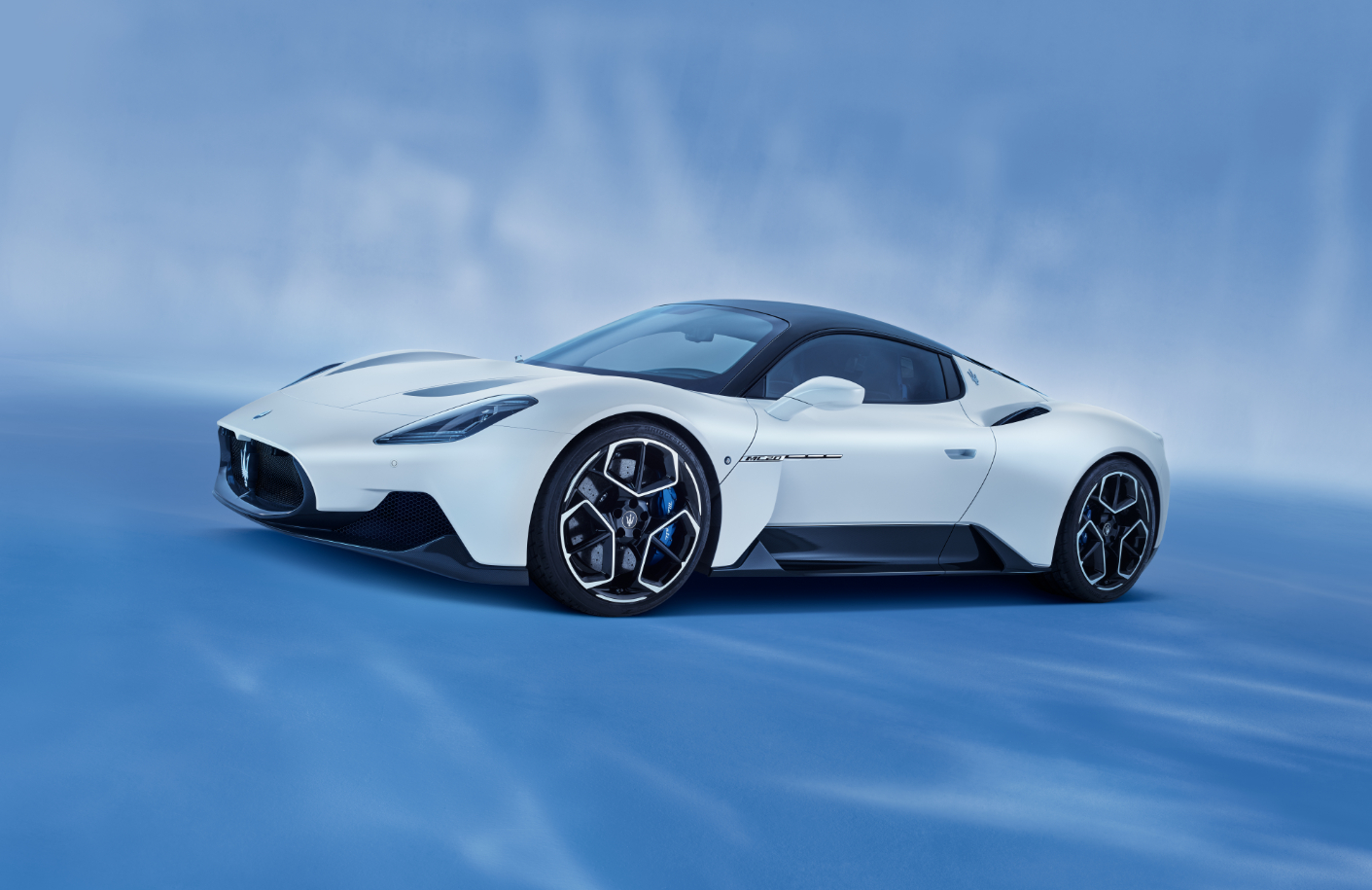
Maserati has been in dead space over the last decade or so, but it looks like the iconic Italian manufacturer is taking a massive series of swings to rebuild its relevance in the ever-expanding market. The fact that it has returned to the supercar game with the Maserati MC20 already speaks volumes for how serious it is about reviving the spring in its step.
So far, things are looking good but with the future being all about electrification, how does Maserati plan to maintain its momentum? One of its biggest moves is set to be the introduction of an exciting GranTurismo Folgore EV by 2023. This is due to be the long-awaited successor to the existing gas-powered model with a scandalous output of 1,200 horsepower.
Klaus Busse, vice president of Stellantis's design department, got chatting with Autocar to detail what we can expect from the brand in terms of how it will tackle the appearance of its upcoming electric cars. Its current due date for the last ever internal combustion engine (ICE) car is 2025, and with the reveal of its first-ever EV, the Maserati Grecale Folgore, it's clear that the brand is serious about taking the necessary steps.
The final design for the Grecale was penned together with the MC20's by mid-2018 and Busse explains that these vehicles needed a totally new look: "We wanted to create a new chapter for Maserati. The MC20 was such an important new milestone, it deserved a step forward in the design."
Looking ahead to future products including EVs, Busse hints that MC20 will play the leading role in the direction of its design language: "There are some very visual things: there's the face which you have seen on the MC20 - it has the same lighting signature, the low mouth and high-mounted lights. This is the new face of Maserati with MC20, Grecale and [...] Granturismo. The philosophy of driving purity to the maximum, while at the same time on the lower part of the car allowing the engineers to express functionality and performance was important." Interestingly, Busse claims that external factors never influenced the design choices.
"We didn't want to design a car for Instagram, we didn't want to design a car that shouts 'look at me' and is too aggressive in its appearance," says Busse. "We wanted to design a car that, to a point, adds visual value - if you see a Maserati it adds beauty to the environment. It's a rolling sculpture, and sculpture for us, especially in Italy, is about proportions and shapes, not decorative, two-dimensional features, creases, or unnecessary air intakes, or - god forbid - fake exhaust pipes. There's a certain authenticity in the design, but foremost a purity."
Essentially, Maserati promises that future offerings will once again be beautiful, well-proportioned, and clearly related to the brand's other products. Let's just hope that this time, the Italian brand delivers. We're all crossing our fingers.
